
Discover how life started after the Big Bang through cosmic evolution and the formation of organic molecules.

Learn how many ice crystals are in a snowflake and the fascinating science of their unique formations.

Discover the simplest method for hydrogen gas production through electrolysis and improve efficiency with our expert insights.
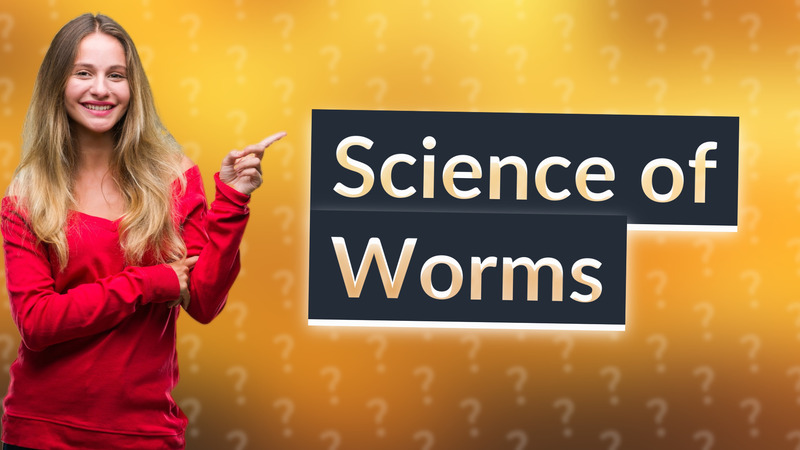
Learn the scientific definition of worms, their types, and their essential roles in ecosystems.

Explore what existed immediately after the Big Bang, including quark-gluon plasma and the formation of atoms in our universe.

Discover how our eyes perceive color through specialized cells in the retina and the brain's processing of light signals.

Discover why water appears blue naturally due to its molecular properties and light absorption.

Discover how temperature and humidity affect snowflake size and shape.

Explore why purple is considered a 'fake' color and how our brains perceive it through color mixing.

Learn how the additive color model explains the creation of white light through color mixing.

Explore the world's longest protein name, Titin, and its complex naming conventions. Learn why it's impractical to use fully.

Discover why white is the color that reflects all colors and learn how light waves interact with surfaces.

Explore the Big Bang's role in energy transformation into matter and universe expansion. Understand the science behind it.
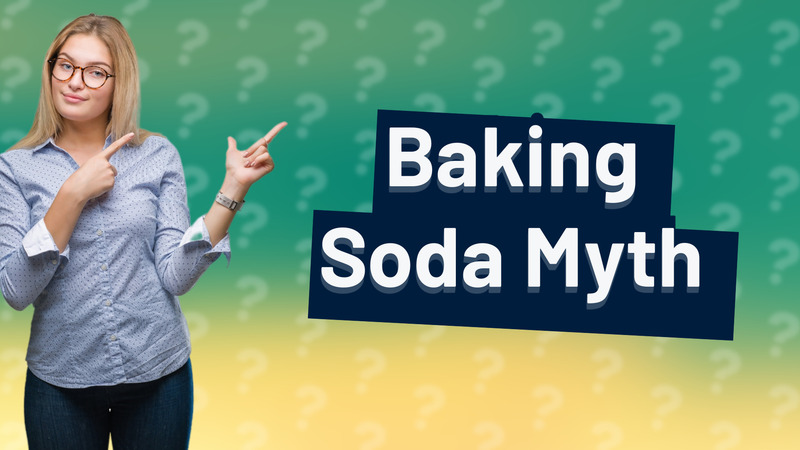
Discover whether baking soda and water can produce hydrogen gas with expert insights.

Discover if IgG is negatively charged and learn about its isoelectric point and implications in chromatography.

Explore the science behind snowflake shapes and why they never form into triangles due to their hexagonal symmetry.

Discover why fungi are not classified as plants and learn about their unique biological characteristics.
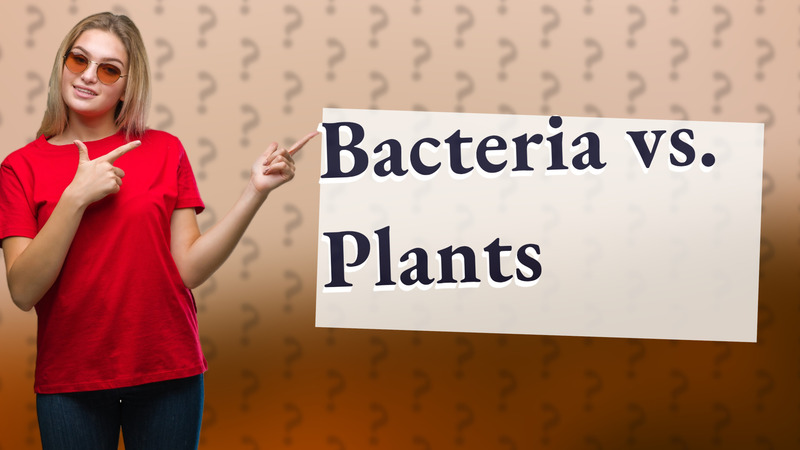
Explore why bacteria are not plants and learn about their unique characteristics and biological functions.

Discover the fundamental differences between fungi and plants, including cell structure and nutritional methods.
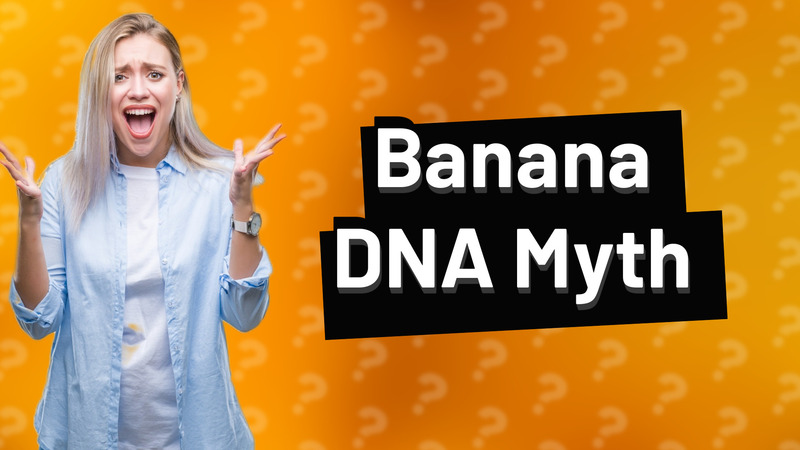
Explore the surprising truth about human DNA similarities with bananas and what it means for our understanding of biology.

Discover the significance of 'prime' in thermodynamics and its role in understanding different states of matter.

Discover why wind is not a living thing and learn about its natural characteristics in this informative Q&A.

Explore why fungi differ fundamentally from plants and the reasons for their unique classification in the biological kingdom.

Discover why mushrooms belong to the fungi kingdom, not plants, and learn about their unique characteristics.

Discover the crucial differences between fungi and plants, and learn why fungi belong to their own unique kingdom.

Discover why fungi are classified in their own kingdom and how they differ from plants and animals.

Learn why fungi belong to a separate kingdom from animals, exploring their unique structures and feeding mechanisms.

Discover why mushrooms belong to the fungi kingdom and not plants based on cellular structure and nutrition methods.

Discover what viruses are and how they differ from plants and animals in this informative short video.

Discover the distinct biological differences between fungi and plants that prevent fungi from being classified as plants.
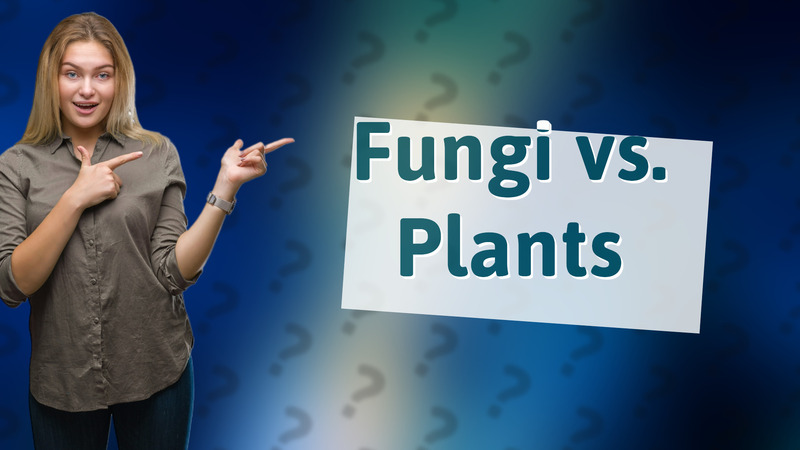
Explore the biological differences that separate fungi and plants into distinct kingdoms.

Discover the crucial differences between fungi and plants, including their structure, nutrient acquisition, and more.

Learn how phloem moves sugar from leaves to roots in plants through translocation.

Uncover why fungi belong to their own kingdom, not classified as plants, and learn about their unique characteristics.

Discover methods to learn about atoms through practical resources and hands-on activities.

Discover how scientists utilize atomic models to understand atoms' structure, behavior, and properties.

Discover why the quantum mechanical model is the best representation of atomic structure and how it revolutionizes our understanding.

Discover how scientists use high-energy particle accelerators to study subatomic particles and explore fundamental physics.

Explore the chemical element Thorium (90 Th): its properties, uses, and significance in nuclear technology.

Discover the four objects that produce electromagnetic waves and their significance in our daily lives.

Uncover the scientific reasons why every snowflake is unique, influenced by environmental factors and molecular structure.

Discover why no two snowflakes are exactly alike and explore the fascinating science behind their formation.

Discover the meaning of Rg and explore its properties as a synthetic element in the periodic table.

Learn how long gamma radiation lasts and the factors that affect its duration based on the radioactive source.

Learn about Ernest Rutherford's groundbreaking discovery of alpha rays and its impact on nuclear physics in this insightful video.

Discover the formula mass rule, essential for chemical reactions and stoichiometric calculations.

Learn about the four fundamental laws of electromagnetism that govern electric and magnetic fields.

Explore the differences between gamma rays and microwaves in energy levels and applications.

Explore the three fundamental laws of inheritance established by Gregor Mendel and their significance in classical genetics.

Explore the discoveries of alpha, beta, and gamma rays by Rutherford and Villard in this enlightening Q&A video.

Learn about two solids, sand and plastic, that remain undissolved in water due to their unique compositions.

Learn about atomic physicists and their role in studying the fundamental building blocks of matter.

Learn about the structure and behavior of atoms, including protons, neutrons, electrons, and their role in chemical reactions.

Explore why gamma rays are stronger than alpha particles in terms of energy and penetrating power.

Learn how scientists use mass spectrometry to measure atomic mass with high precision.

Explore what insoluble matter is, including examples like sand and plastic. Understand why some substances don't dissolve.

Learn how to test solubility in substances and understand the key factors that classify them as soluble or insoluble.

Discover the differences between soluble and insoluble solutions with clear examples like sugar and sand in water.

Learn what soluble and insoluble substances are with clear examples for Grade 6 science.

Discover five examples of insoluble solids and their everyday applications in this informative video.

Explore clear examples of soluble and insoluble solutions with our concise guide.

Learn whether chalk powder is soluble in water and find out why it remains suspended when mixed.

Discover how atomic theory shapes medicine, technology, and the environment in everyday life.

Explore the groundbreaking Gold Foil Experiment that revealed the atomic structure of matter conducted by Ernest Rutherford in 1909.

Discover the importance of learning atomic structure for scientific progress and real-world applications.

Explore the five major scientific models of atoms, from Dalton to Quantum Mechanics, and understand their unique contributions to atomic theory.

Discover the complexities of atomic structure and learn how to master it easily with our guide.

Explore the dual nature of atomic structure in physics and chemistry, highlighting its fundamental concepts.

Explore the relevance of Bohr's model in modern science and education. Discover its uses and limitations in atomic theory.

Explore the key advantages of studying atomic structure, from chemistry foundations to medical advancements.

Learn what insoluble substances are and their significance in science experiments and mixtures.

Discover how Niels Bohr revolutionized our knowledge of atomic structure and quantum mechanics.

Explore the significance of atomic structure in chemistry and its implications for technology and medicine.

Discover the five solids soluble in water and their applications in everyday life and science.

Explore the pivotal discoveries that formed the foundation of modern atomic theory.

Explore the fundamental definition of atomic structure and how subatomic particles shape the behavior of elements.

Learn how an atom's atomic number is defined by its protons, unique to each element like hydrogen and carbon.

Discover effective strategies and tools to learn about atoms with ease, including visual aids and interactive methods.

Explore how solubility works through the simple example of sugar dissolving in hot water when making tea.

Learn about soluble class 10 substances and their significance in chemistry, including examples like salt and sugar.

Discover how atomic structure affects our daily lives, from healthcare innovations to the technology we use.

Learn about four solids, including salt and sugar, that readily dissolve in water for various uses.

Learn engaging ways to explain atoms to children using relatable examples like LEGO building blocks.

Explore solubility, its basic concepts, and real-life applications in this informative guide for Year 8 students.

Learn the key differences between soluble and insoluble materials in this Year 5 science video!

Learn about insoluble substances, examples, and their properties in this educational video for Class 6 science.

Discover mnemonic techniques to easily remember atomic masses of elements like Carbon and more.

Learn about insoluble substances like sand. Discover why sand doesn't dissolve in water and its practical uses.

Explore the fundamental theory of atomic structure, including protons, neutrons, and electrons in chemical interactions.

Discover 20 common insoluble substances that do not dissolve in water or solvents. Learn their practical applications and characteristics.

Learn about insoluble substances and their properties in Class 10 science, with examples like sand in water.

Explore materials that don't dissolve in water, including oils and plastics. Learn why these substances remain insoluble!
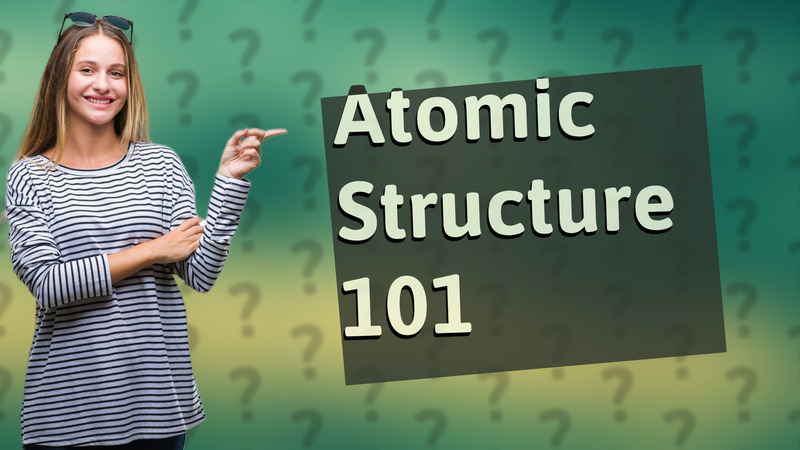
Learn the fundamentals of atomic structure, including protons, neutrons, and electrons, in easy-to-understand terms.

Explore the well-substantiated model of atomic structure and its significance in science.

Discover essential resources and methods to learn about neutrons, their properties, and significance in physics.

Learn about polyester's properties like durability and quick-drying nature in this Class 8 science overview.

Explore why learning about atomic structure is vital for grasping science's core principles in chemistry, physics, and biology.
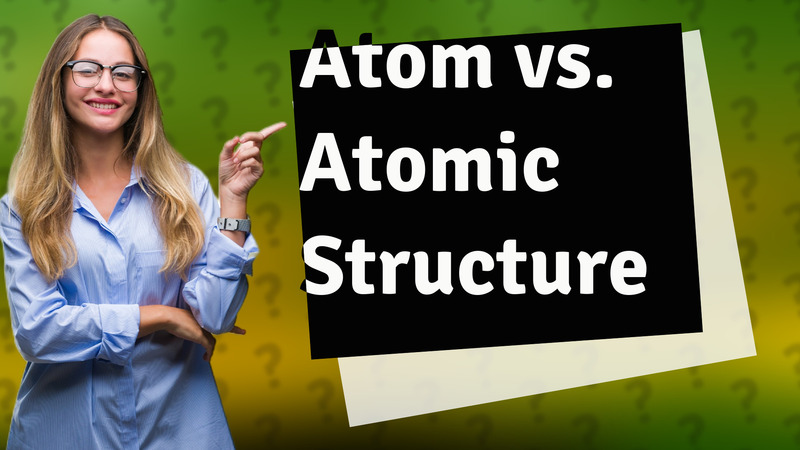
Learn the key differences between atom and atomic structure in this concise Q&A video.

Explore the Quantum Mechanical Model, the foundation of modern atomic science, predicting electron behavior around the nucleus.

Discover what materials are completely insoluble, including diamond, quartz, and more. Learn why these substances resist dissolution.